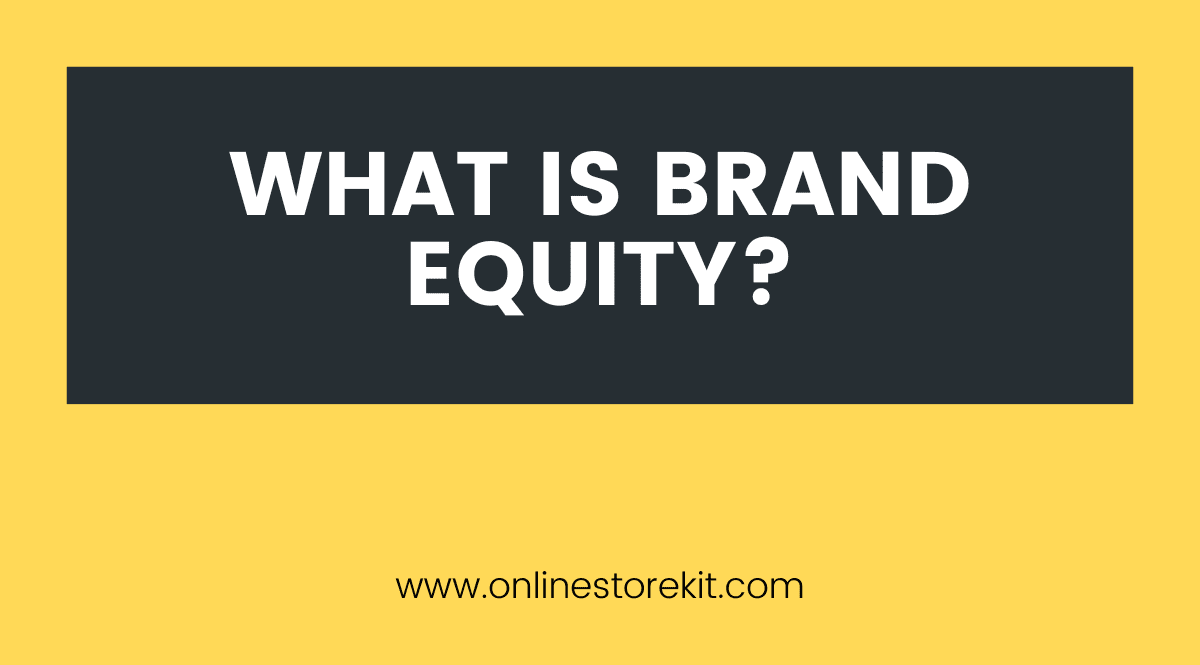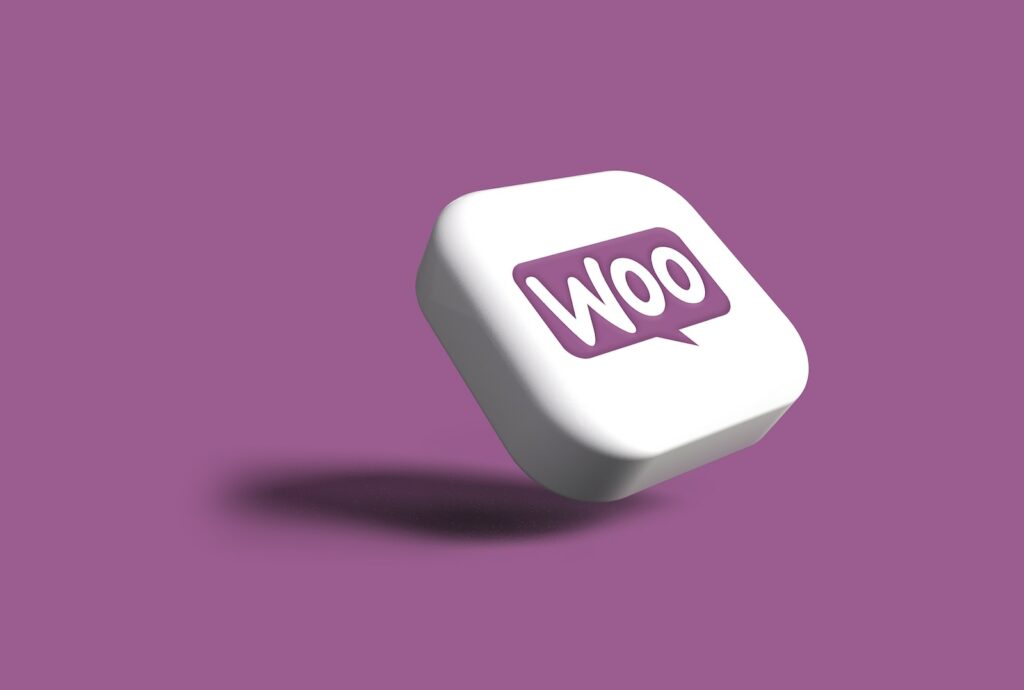Are you looking to understand the concept of brand equity? Trying to get a grasp on why it matters and how to measure it? Look no further!
In this guide, we will take a deeper dive into what brand equity is, its benefits, how to measure it, and strategies for increasing it.
So grab your notebooks and let’s get started understanding the fundamentals of brand equity.
Key Takeaways
Hide- Brand equity refers to the value of a brand determined by perceived quality and consumer loyalty.
- Building a strong brand presence in the market is important.
- Effective marketing strategies, product design, and customer engagement help increase brand equity.
- Consistency across all mediums generates positive results over time.
What is Brand Equity?
Brand equity refers to the value of a brand, which is determined by its perceived quality and consumer loyalty. It is an important factor for businesses that strive to build a strong brand presence in the market.
Creating a unique brand identity through effective marketing strategies, product design, and customer engagement can help increase brand equity.
Additionally, implementing effective strategies such as advertising campaigns and promotional activities are important steps in gaining recognition among customers.
A successful branding strategy should focus on customer needs, create awareness of the company’s services or products, differentiate the product from competitors’, and maintain customer loyalty.
Moreover, companies must ensure that their branding efforts are consistent across all mediums in order to generate positive results over time.
The value of a company lies in its ability to establish strong relationships with customers who trust their brand for quality products or services and show higher levels of loyalty towards it.
With this understanding, companies can use various tactics to develop powerful brands that will eventually lead to increased sales and profitability.
The Benefits of Brand Equity
The possession of a strong brand can provide numerous advantages to the holder.
Leveraging brand equity helps companies maximize their potential for future success by enhancing customer loyalty.
A powerful brand presents customers with an identity that they can connect to, increasing the likelihood of them returning again and again.
Creating a competitive edge is another benefit of having a strong brand.
A brand’s reputation is its greatest asset, allowing it to stand out against competitors and gain greater recognition in the marketplace.
Maximizing profits is also a result of leveraging brand equity.
When customers are familiar with a certain product or service, they are more likely to make purchases and remain loyal over time.
Furthermore, leveraging social media platforms such as Twitter or Instagram can help build up awareness about a company’s products and services, while also helping establish an effective brand positioning strategy.
This ensures that customers recognize who the company is and what it stands for – key elements of creating successful brand equity.
Overall, developing and managing strong brand equity plays a major role in setting businesses apart from competitors and positioning them for long-term success.
By understanding how to leverage these assets properly, companies can achieve greater returns on investment while also gaining greater visibility among consumers.
With this knowledge comes the ability to measure one’s own level of brand equity – which will be discussed in the next section.
Measuring Brand Equity
Measuring the success of a brand’s equity is an important step for businesses to take in order to ensure their long-term success. This can be done by tracking customer perception, reputation management, and brand awareness over time.
Customer surveys are one way to measure brand equity as they provide insight into how customers perceive the company and its products or services.
Businesses can also track changes in customer loyalty, purchase frequency, and word-of-mouth recommendations as these typically indicate a strong level of brand equity.
Other metrics such as market share, media coverage, online reviews, and website visits may also be used to measure the impact of a brand’s equity on potential customers.
Analyzing this data regularly helps businesses identify areas where improvements could be made, uncover new opportunities for growth or expansion, and develop strategies that will help build upon existing brand recognition.
Measuring the success of a brand’s equity is essential for companies wishing to remain competitive in today’s market.
By doing so they can better understand their audiences’ needs and preferences while ensuring their efforts towards building up their brands are effective.
Such insights will then lead them onto the next steps towards building up their own unique brand equity.
Building Brand Equity
Constructing a positive and recognizable brand image is essential for businesses wishing to build their brand equity.
This is achieved by shaping the reputation of the brand through effective direct marketing, advertising, and public relations efforts.
Brand equity can also be increased by creating an effective pricing strategy that allows businesses to set themselves apart from competitors.
In order to successfully build brand equity, businesses should focus on the following:
Marketing & Advertising:
- Develop campaigns that are memorable and create strong associations with the brand’s core values.
- Utilize multiple channels such as digital media, print ads, events, etc., in order to reach target customers effectively.
- Create a consistent message across all platforms in order to maintain strong recognition of the brand.
Public Relations:
- Monitor customer feedback and social media conversations about the company’s products or services.
- Build relationships with influencers who can help spread awareness about the brand.
- Respond quickly and professionally to any customer complaints or negative publicity surrounding the brand.
Pricing Strategy:
- Analyze market trends in order to determine where your product fits into it competitively regarding pricing points.
- Set prices that are lower than major competitors but still provide good value for money for customers.
- Take advantage of discounts or coupons when appropriate in order to increase sales volume while keeping profit margins healthy.
Strategies for Increasing Brand Equity
Successfully increasing brand equity requires the implementation of various strategies such as effective marketing, advertising and public relations efforts, as well as an appropriate pricing strategy.
To optimize ROI and enhance reputation, marketers should focus on creating a strong brand identity by creating an attractive logo design, developing a unique brand story, building customer loyalty through rewards programs, and engaging customers through social media.
Additionally, strategic collaborations with influencers could help increase visibility for the brand.
| Strategy | Benefits |
|---|---|
| Logo Design | Attracts Customers |
| Brand Story Creation | Unique Brand Identity |
| Rewards Programs | Increases Customer Loyalty |
| Social Media Presence & Engagement | Enhances Brand Awareness & Visibility |
| Influencer Collaborations | Expands Reach to New Audiences & Markets |
Challenges to Brand Equity
Measuring brand equity, building brand loyalty, and establishing brand awareness are all essential components of any successful marketing strategy.
However, this process is not without its challenges.
In order to increase their brand equity, companies must determine how to reliably measure the value of their products or services.
They also need to create loyal customers who purchase repeatedly over time.
Additionally, companies must reach out to potential customers in order to build an understanding of the company’s offerings.
Measuring Brand Equity
Quantifying brand equity requires a comprehensive evaluation of key metrics. This includes understanding the performance of customer-facing activities such as:
- SEO optimization
- Keyword research
- Link building
- Content optimization
- Customer reviews
- Number of reviews
- Average ratings
- Sentiment analysis
Other important measures include market share, customer loyalty, pricing strategy, and brand awareness. Examining these metrics can provide insight into the overall health and value of a brand.
With this information in hand, companies can make more informed decisions about how to move forward with their branding efforts. As a result, transitioning into building brand loyalty becomes much easier.
Building Brand Loyalty
Establishing brand loyalty involves engaging customers to create a successful relationship between the product and its target market.
To accomplish this, companies must focus on creating customer experiences that are unique, memorable, and build trust with their consumers.
Leveraging influencers is an effective way to increase brand awareness by targeting potential customers through trusted sources.
Additionally, providing incentives to loyal customers such as discounts or coupons can also help foster positive relationships with current and potential users of the product.
Establishing brand loyalty creates a strong foundation for establishing brand awareness in the marketplace.
Establishing Brand Awareness
Creating brand awareness involves gaining visibility and recognition for a product through marketing and advertising.
This includes establishing a positive reputation for the brand in order to attract customers, build customer trust, and differentiate it from its competitors. To do this effectively, companies may use the following strategies:
Advertising:
- Utilize different media channels (e.g., television, radio, print) to reach target audiences.
- Develop creative messaging that resonates with consumers.
- Track results to adjust campaigns accordingly.
Public Relations:
- Increase brand exposure via press releases or events.
- Secure endorsements from influential people or organizations.
Social Media:
- Engage with consumers on various platforms (e.g., Twitter, Facebook).
- Monitor conversations about the company/brand online.
Establishing brand awareness is an important step in building long-term customer loyalty and achieving competitive differentiation in the marketplace.
Brand Equity Vs Brand Awareness
Brand Equity is an intangible asset that reflects a company’s financial value and the overall strength of its brand identity.
Brand Awareness is an important factor in determining how much a customer trusts, recognizes, and values a business.
To build both brand equity and awareness, businesses must develop effective strategies to differentiate themselves from competitors in order to attract customers.
Such strategies include creating unique visuals for logos, slogans, or packaging; leveraging influencers to increase visibility; and engaging with customers through digital media platforms.
Definition of Brand Equity
Analyzing brand equity involves understanding how a brand is perceived by consumers. It can be seen as the value of a brand, and is determined by a combination of factors such as:
- Brand reputation: How well customers know the brand and what they associate it with.
- Customer trust: How much customers rely on or believe in the brand’s promises.
- Financial performance: The ability to generate profits from its products and services.
These elements create an overall impression that influences consumer decisions and drives sales.
Brand equity is also related to customer loyalty, which in turn leads to increased revenue over time.
By understanding their customers’ perception of their brand, organizations can better leverage their assets for maximum benefit.
Ultimately, this enhances customer experience and increases customer satisfaction, leading to increased profitability for the organization.
Impact of Awareness
Awareness has a significant impact on brand equity, as it directly influences consumer decisions and drives sales.
Creating a strong brand narrative is the first step to stimulating awareness for a product or service.
Leveraging social media can help to create that narrative and build relationships with potential customers.
For example, using platforms such as Facebook and Instagram can help spread positive word-of-mouth and attract more followers to the brand’s page.
Additionally, creating content that appeals to target audiences can further drive engagement with them. By doing so, marketers will be able to generate more leads which in turn will lead to higher sales figures.
To conclude, building awareness is key for gaining an advantage over competitors in terms of brand equity. This transition leads into strategies for building brand equity which must also be considered by marketers for success in the long run.
Strategies for Building
Developing effective strategies for building brand equity is essential for the long-term success of a business. There are three key approaches to increasing brand awareness and driving customer loyalty:
- Attracting customers: This includes optimizing marketing campaigns, leveraging digital platforms, and using innovative promotional ideas.
- Enhancing customer experience: This involves providing excellent service, creating engaging content, and emphasizing user feedback.
- Leveraging influencers: Working with popular influencers can help create positive associations with the brand and drive engagement from social media followers.
Additionally, it is important to focus on consistent messaging that reinforces the brand’s core values to ensure recognition in the marketplace.
Ultimately, these strategies should be tailored to meet the specific needs of each company in order to maximize their efforts in building successful brand equity.
Examples of Brand Equity
Assessing brand equity involves examining examples of how a company’s reputation and recognition have been established in the marketplace.
Leveraging trends and differentiating factors can be seen as an example of successful brand equity.
Companies often use these strategies to create a unique positioning for their products and services, which leads to increased market share.
For example, Apple is well known for its innovative technology and design that sets them apart from their competition.
This has enabled it to gain consumer loyalty, resulting in high levels of brand recognition.
Another example is Nike, whose iconic swoosh logo has become synonymous with sports apparel worldwide.
The company’s mission statement ‘to bring inspiration and innovation to every athlete’ has helped further establish its position as an industry leader in the athletic footwear sector.
Brand equity also extends beyond product features into customer service offerings such as free shipping or money-back guarantees.
By providing exceptional customer experiences, companies can ensure customers will return time after time, increasing their overall brand loyalty.
As these examples demonstrate, building effective brand equity requires a combination of leveraging trends, differentiating factors, and creating positive customer experiences.
Conclusion: Brand Equity Definition and Guide
Having a strong brand equity can provide invaluable advantages for businesses, from increased customer loyalty to higher profits.
Building and maintaining brand equity requires strategic planning and continuous effort in order to maximize its potential.
Although there are challenges that come with building and sustaining brand equity, the rewards of having a successful brand far outweigh the risks.
To conclude, it is evident that developing and enhancing brand equity is essential for any business that seeks long-term success.
Through strategic planning and sustained effort, brands can utilize the power of their brand equity to thrive in today’s competitive market.
Simultaneously evoking feelings of positivity and determination, this should be an endeavor all companies strive towards.





